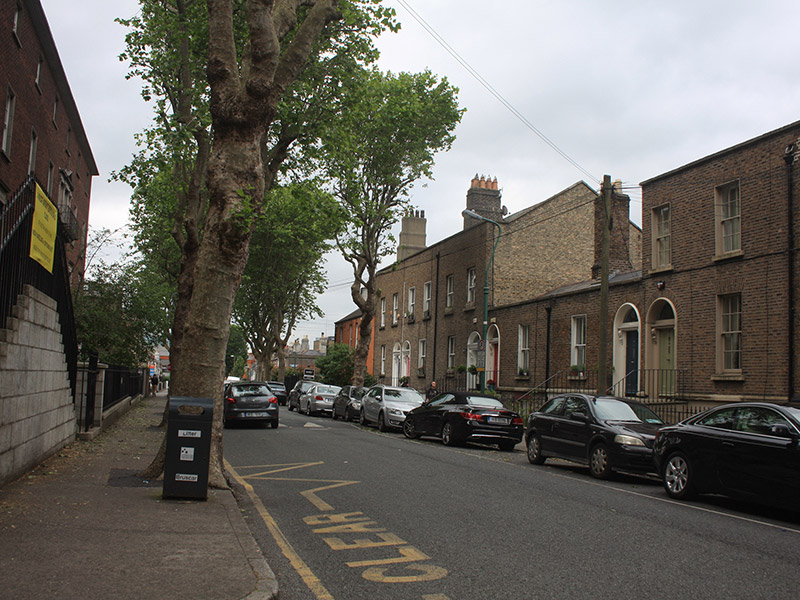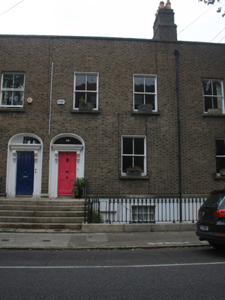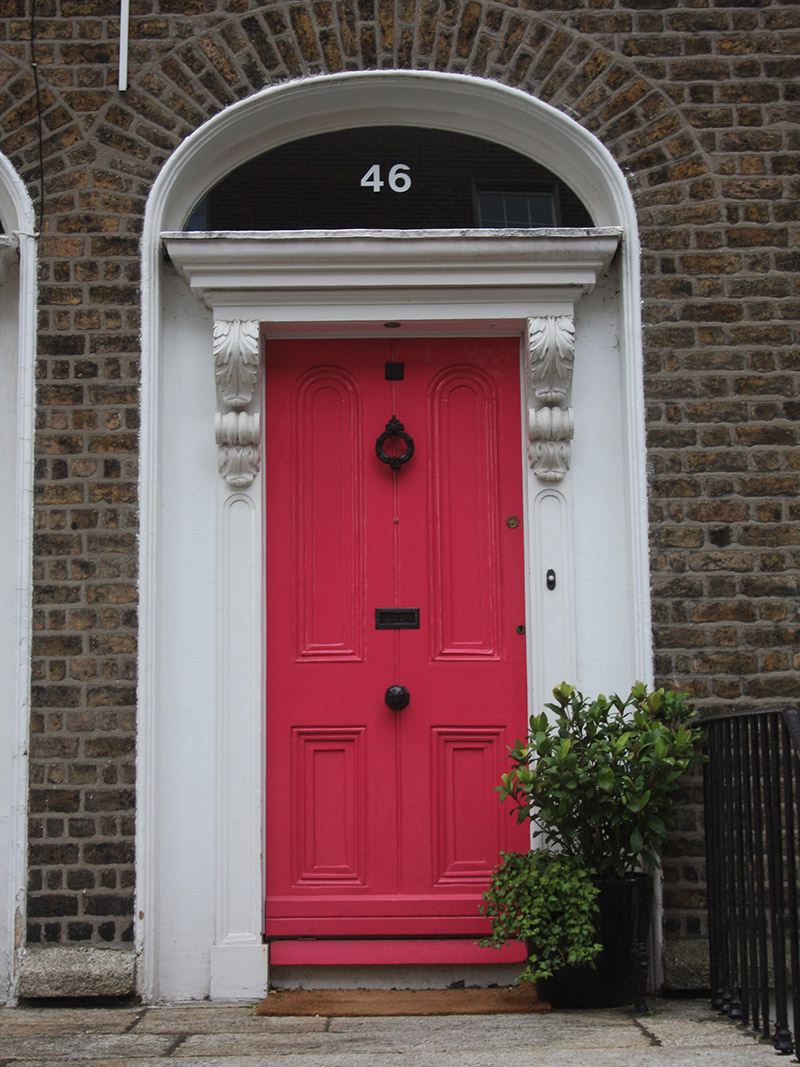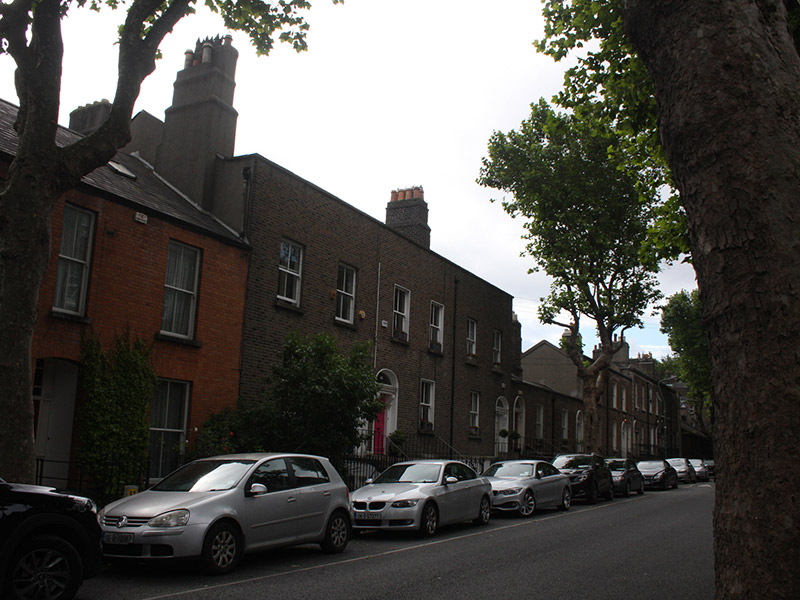Survey Data
Reg No
50110385
Rating
Regional
Categories of Special Interest
Architectural
Original Use
House
In Use As
House
Date
1850 - 1870
Coordinates
315514, 232865
Date Recorded
16/06/2017
Date Updated
--/--/--
Description
Terraced two-bay two-storey house over raised basement, built c. 1860, as one of terrace of three. Pitched slate roof with brick chimneystacks having terracotta pots, partially hidden behind brick parapet with cut granite coping. Shared cast-iron rainwater goods. Brown brick, laid in Flemish bond, to wall to front (west) elevation, cut granite plinth course over rendered basement wall. Square-headed window openings having granite sills, raised render reveal and two-over-two pane and eight-over-eight pane timber sliding sash windows. Elliptical-headed door opening to front, with moulded render surround. Doorcase comprising panelled pilasters, scrolled consoles having acanthus leaf decoration, supporting carved cornice. Plain fanlight and timber panelled door. Granite steps with cast-iron boot-scrape to shared platform. Cast-iron coal-hole cover to bottom step. Square-headed door opening to basement having recent door. Cast-iron gate and matching railings on cut granite plinth wall enclosing basement area.
Appraisal
This attractive house retains much of its historic fabric, and the classically-influenced doorcase in particular enhances its traditional character. The fine cast-iron railings add technical interest and complement the restrained facade. Synge Street was reputedly named for the Church of Ireland Bishop Edward Synge who held land there in the eighteenth century. The street was developed from the late 1840s, as demand for suburban housing grew.







